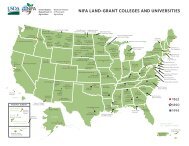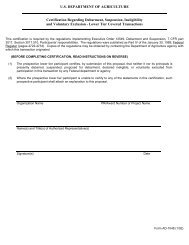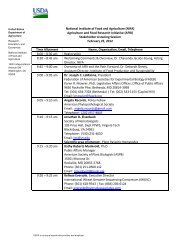Promoting Better Health for Young People Through Physical Activity ...
Promoting Better Health for Young People Through Physical Activity ...
Promoting Better Health for Young People Through Physical Activity ...
Create successful ePaper yourself
Turn your PDF publications into a flip-book with our unique Google optimized e-Paper software.
<strong>Promoting</strong> <strong>Better</strong> <strong>Health</strong> <strong>for</strong> <strong>Young</strong> <strong>People</strong>on how to help their children stay active and fit. Media campaigns topromote youth physical activity should include messages targeting parentsand guardians.A particularly important channel <strong>for</strong> educating parents and guardians andtheir children about youth physical activity is the primary health careprovider. Physicians, nurses, and others who provide health services toyoung people should assess physical activity patterns among their patients,counsel them about physical activity, and refer them to appropriate physicalactivity programs. <strong>Health</strong> care providers also should encourage parents to berole models <strong>for</strong> their children, plan physical activities that involve the wholefamily, and discuss with their children the value of physical activity.School ProgramsSchools provide many opportunities <strong>for</strong> young people to engage in physicalactivity and can play an important role in motivating young people to stayactive. As detailed in CDC’s Guidelines <strong>for</strong> School and Community Programsto Promote Lifelong <strong>Physical</strong> <strong>Activity</strong> Among <strong>Young</strong> <strong>People</strong> (Appendix 5), 21a comprehensive approach to promoting physical activity through schoolsincludes• Quality, daily physical education.• Classroom health education that complements physical education bygiving students the knowledge and self-management skills needed tomaintain a physically active lifestyle and to reduce time spent onsedentary activities such as watching television (Appendix 6).• Daily recess periods <strong>for</strong> elementary school students, featuring time <strong>for</strong>unstructured but supervised play (Appendix 7).• Extracurricular physical activity programs, especially inclusive,intramural programs and physical activity clubs (e.g., dance, hiking,yoga) that 1) feature a diverse selection of competitive andnoncompetitive, structured and unstructured activities, 2) meet theneeds and interests of all students with a wide range of abilities,particularly those with limited athletic skills, and 3) emphasizeparticipation and enjoyment without pressure (Appendix 8).Because school staff members spend a great deal of time with studentsand have considerable influence over students, they can be powerful rolemodels <strong>for</strong> physical activity. Although schools cannot dictate the personalbehaviors of staff members, they can make it easier <strong>for</strong> staff to becomephysical activity role models by sponsoring school-site health promotionprograms. School staff also can play an important role in promoting youthphysical activity by disseminating in<strong>for</strong>mation about community-basedsports and recreation programs to students and by helping these programsgain access to school facilities outside of school hours.16


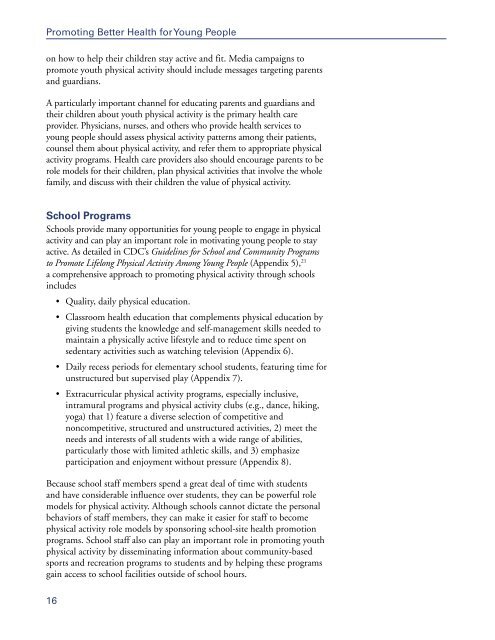

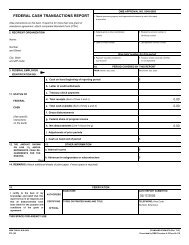

![[PDF] Choose Carbohydrates Wisely](https://img.yumpu.com/36196894/1/190x245/pdf-choose-carbohydrates-wisely.jpg?quality=85)
